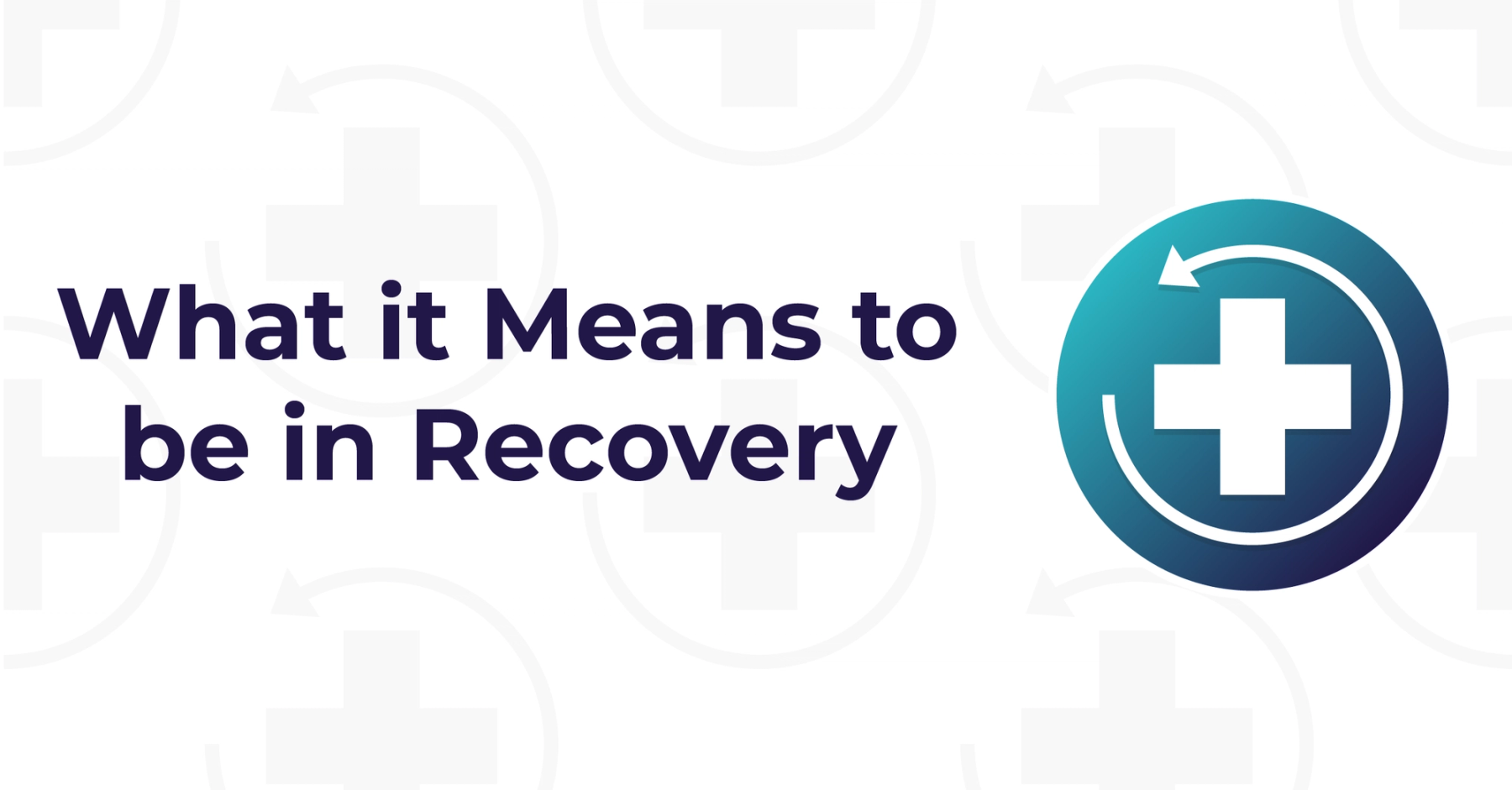September 22nd, 2021

Every September for the past 32 years, stakeholders in the movement to heal addiction have celebrated National Recovery Month. This month is a celebration of evidence-based treatment practices, service providers in the field of addiction medicine and treatment, and all those who are working to engage in and maintain recovery.
Part of understanding what it means to be in recovery is understanding addiction, factors that contribute to chronic addiction, and the tools needed to engage in sobriety. Below each of these elements will be explored as we discuss what it means to be in recovery.

Addiction prevalence is the rate at which the general population engages with drugs and alcohol in a maladaptive manner. Understanding addiction prevalence can highlight the need for accessible substance abuse treatment and resources. According to the National Center for Drug Abuse Statistics, 14.8 million (or 10.6%) of Americans ages 12 and up qualify for a diagnosis of Alcohol Use Disorder.
Additionally, 31.9 million Americans ages 12 and up report using illegal drugs. Of those 31.9 million, 8.1 million (or 25.4%) qualify for a diagnosis of a Drug Use Disorder.
Qualifying for a substance use disorder is not the only negative consequence of engaging with drugs or alcohol in an unhealthy way. Those who use drugs and alcohol are also at risk of consequences related to health, finances, connection, and most severely, overdose.
Since the beginning of 2000, there have been over 700 thousand deaths by overdose. 2020 saw a marked increase in drug overdose deaths as 93,331 people lost their lives. This is a 20,000-death increase from the year 2019. The yearly increase of overdose death is largely related to the rapid increase of the use of synthetic opioids such as fentanyl.
While each year has seen an increase in overdose deaths and substance abuse since 2000, the COVID-19 pandemic has had a unique impact on substance use and abuse patterns.

The COVID-19 pandemic turned every person’s life upside down in one way or another. Many people lost their employment, some people lost loved ones, and many lost the ability to engage with life the way they are used to.
With all of this change comes the need to utilize adaptive coping skills. As I tell many of my clients, adaptive coping skills are not something we are taught in school. When we are in pain or feel unbalanced many of us turn to what feels “good.” The reality is that for many, what feels good is using substances.
According to the CDC, in June 2020, 13% of adults in the United States reported starting or increasing their substance use. Additionally, a reporting system called ODMAP reported that overdoses increased by 18 percent in the early months of the pandemic. These numbers are likely underreported due to the nature of secrecy substance abuse and the need for social distancing during the pandemic.
Individuals that I work with who identify as having substance use disorders and those who do not, reported increased use of drugs and alcohol at the beginning of the pandemic. Many state that they would like to decrease their overall substance use, or engage in recovery. Someone exploring recovery or sobriety may believe that recovery simply means abstaining from drug and/or alcohol use. While abstinence may be a component of recovery, several other components are described below.

Recovery is a unique experience for everyone and there is not one single way to live life in addiction recovery. However, there are many key components aside from abstinence that can support someone in engaging in their recovery. Some of these elements are listed below:
For many (but not all) who are seeking sobriety and recovery, addiction treatment may be a necessary tool and entryway. The level of care a person needs is based on an assessment completed by a trained mental health professional. The various levels of care are listed here:
Whether we like it or not, we as people thrive within a flexible structure. Having structure allows us to be able to prepare for much of our day-to-day lives and have the energy to manage those unexpected occurrences. Often, those in early recovery report having lost a sense of structure due to their substance use. By building routines, those in early recovery can use more energy to maintain their recovery. Some aspects to consider in the building structure are meals, rest, exercise, work time, socialization, hygiene, and engagement with sober support systems.
An important aspect of recovery is often found in support systems. For many in early recovery, they find that those who previously supported them are no longer available. Some former connections may be actively using which may be triggering for someone in recovery. Additionally, some family and friends may not be ready to re-engage in a relationship with the newly sober person due to damage caused while using. Establishing a broad support system is necessary for success in recovery. Some people to include may be a therapist, sober friends, an addiction-trained primary care provider, a sponsor, a group meeting, or joining a support group. Examples of support groups include Alcoholics or Narcotics Anonymous, Dharma Recovery, and SMART Recovery.
A final key component of recovery is finding purpose through our values. Often those in early recovery report that their substance use pulled them away from what they felt was important. By identifying and engaging in values and purpose, those in early recovery can find what makes using not worth their time. For example, if someone values endurance sports, using is less appealing because completing a training exercise will be far more difficult if under the influence or hungover.
Recovering from addiction is challenging, but not impossible. By engaging with the tools described above, those struggling with addiction can find healing. If you know someone struggling with addiction, share these tools to support them in finding a healthier tomorrow.
Written By: Sarah Kelly, LSW, CADC
At Clarity Clinic, we have highly trained staff who specialize in therapy and psychiatry services. To learn more about how we can support your mental health, call Clarity Clinic on (312) 815-9660 or schedule an appointment today.
Our Services
Virtual/Online CarePHP and IOPAdult PsychiatryChild & Adolescent PsychiatryAdult TherapyChild & Adolescent TherapyCouples CounselingFamily TherapyGroup TherapyPsychological TestingTranscranial Magnetic Stimulation (TMS)